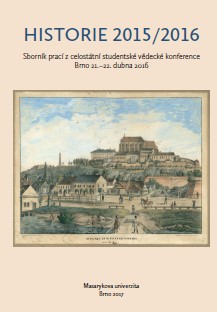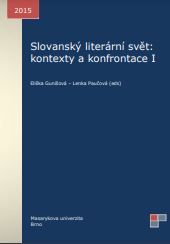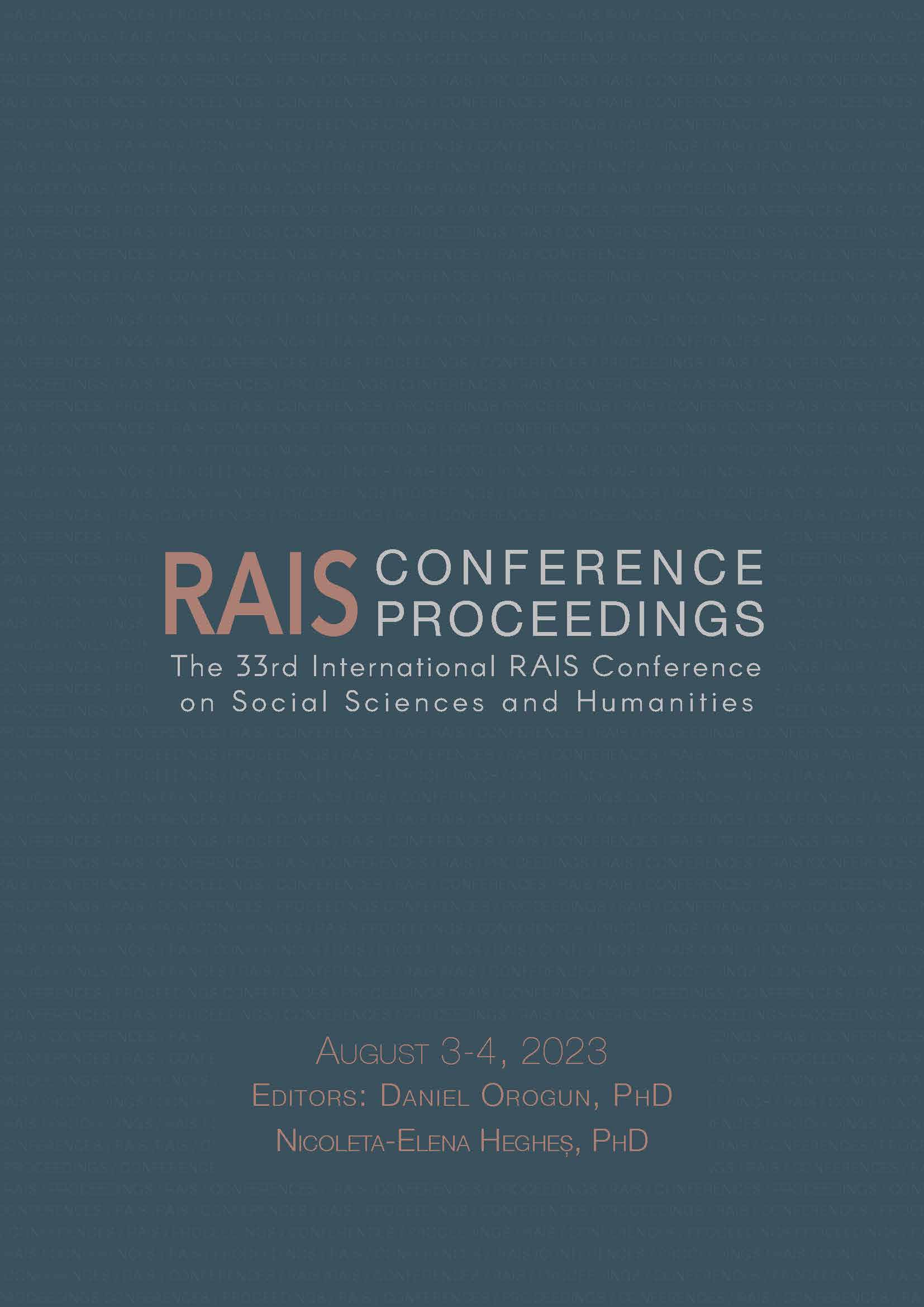
IDEÁLNA CESTA NEVESTY VE STREDOVEKU
One of the most important events in the life of a medieval woman was the journey of a bride. As a part of the nuptials this journey consisted of numerous ceremonies and rites. Along with thisjourney a woman was transferred from childhood to adulthood, from the authority of her father to the authority of her husband. Thus, it was not only the journey in a geographical point of view, but in a symbolical one as well. Despite the fact that virtually every medieval highborn woman set out on this journey, only one normative source concerning an ideal version of the journey is preserved. It is De institutione vivendi by Neapolitan nobleman Diomede Carafa and it was written as a wedding gift for Beatrix of Aragon and Matthias Corvinus in 1476. De institutione contains the genre aspects of a mirror for the queen and an guide for the journey. This unusual part – guide for the journey could have be added by an initiave of addressee, queen Beatrix, or more likely it was an invention of the author himself. Apart from advice on how to travel, how to take care of servants and household etc., Carafa recommends the young queen to seize this way as a chance. The chance to prepare herself for her future life and to visit special places and persons during the journey in order to get a personal prestige which will be vital to her fate. Beatrix is supposed to visit devotional places, important persons (pope, cardinals, her elder sister Eleonora, duchess of Ferrara). As a preparation for her future life she should gain every valuable information by which she would achieve the grace of her husband and mother-in-law – the information about how to govern one‘s household, how to learn the language of her new kingdom. An ideal journey of the bride, at least according to Diomede Carafa, is a well spent preparation for the future life and the role of queen. It is a time of maturation which may facilitate the process of transition.
More...











